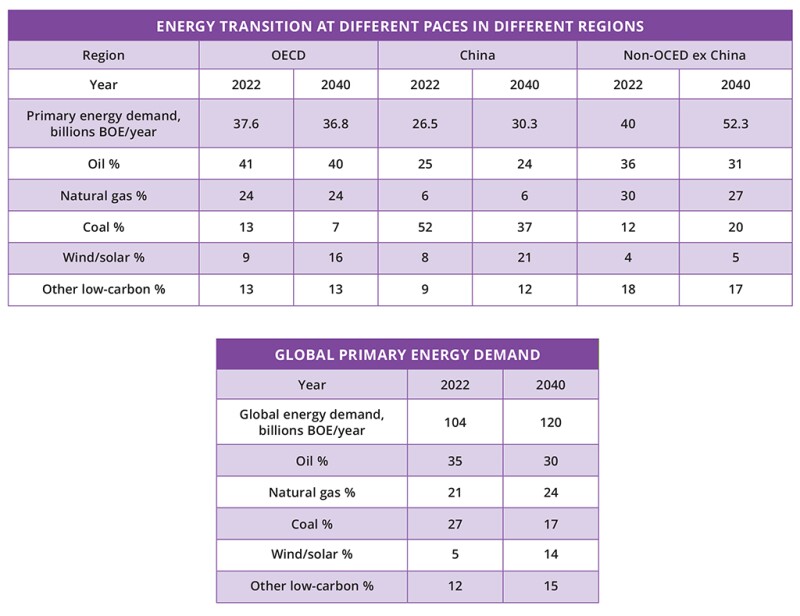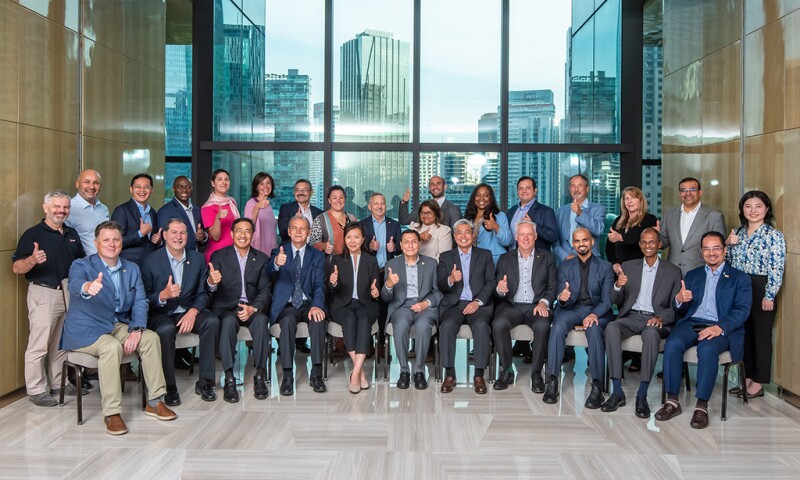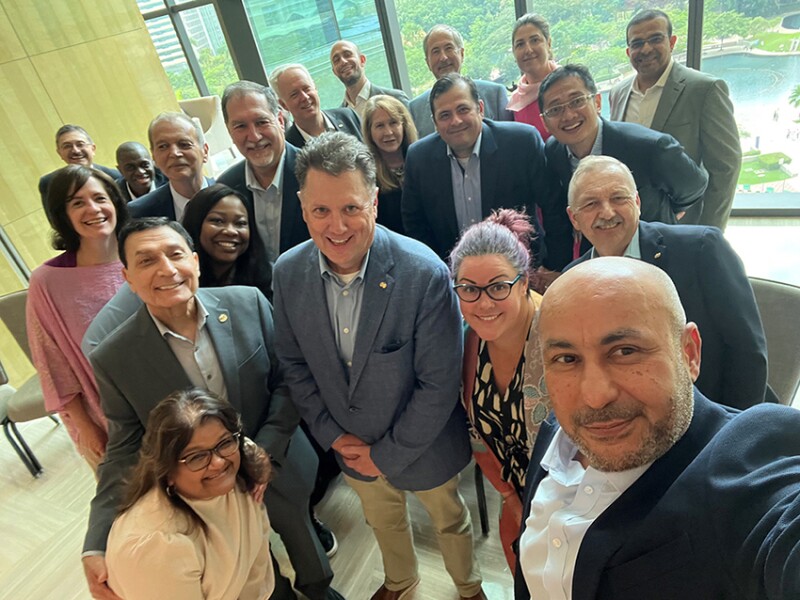The expanded scope of our industry as it evolves means that members of the petroleum engineering profession will enjoy a long, rewarding career. At the same time, we need to continue developing our competencies to enable expected contributions in producing new forms of energy resources and mitigating climate change concerns, as well as the constant changes and advancements in our traditional role of producing oil and natural gas.
Based on the projections of multiple groups including the US Energy Information Administration (EIA), the International Energy Agency (IEA), and several international and national oil companies, it is clear the world energy demand will continue to grow into the 2040s. Lower-carbon sources will be the fastest-growing among the various sources of energy, demand for oil will continue to increase at least into the 2030s, and demand for natural gas will continue to grow into the 2040s. The latest projection from IEA (October 2022) illustrates these points.

For example, as I am writing this column, Norway approved more than $18 billion investments to develop 19 oil and gas fields. Consensus also appears to indicate that policy will influence the speed of change of the energy landscape, that energy transition will vary by region, and that the pace of the energy transition will depend on costs, infrastructure, project execution, and geopolitics. This indicates that multiple solutions are needed to satisfy energy demand, oil and gas will remain essential for decades, and technological developments will continue to be needed in all sources of energy and may end up changing the mix of energy sources in the future.
Data and projections also show two important points. The required levels of investment to provide the world with its energy needs are lagging, and there will be a shift in the regional demand of energy. Needed investment in oil and gas should be about $900 billion annually. Following the COVID-19 pandemic, when investment dipped to $600 billion, investments have gradually increased but are not yet to the desired levels. For the new energy sources to reach the level needed for IEA’s Net Zero 2050 target, annual investment in the range of $2,600 billion is needed. Right now, this investment is around $1,700 billion. Projections for the regional share of the world economy indicates that Asia will have about 43% of the world economy by the year 2040 (currently at 35%) followed by North America at about 24% (currently at 26%) and the EU and the UK at about 17% (currently at 20%). Shares of Latin America and the Middle East will stay around the current levels of 7% and 4%, respectively, while Africa’s share will increase from about 4 to 5%.
The tables show the changes in global primary energy demand as well as the changes in different regions. I obtained the information from the sources cited earlier. However, I converted the values from exajoules (1e18 joule, a measurement unit I cannot relate to) to BOE using a conversion factor of 1 exajoule = 163.45e6 BOE.

The above information indicates that the future strategy of professionals in petroleum engineering is to leverage our strength to safely deliver the needed energy for the world as we have been doing for more than 100 years. This means we need to continue the development of advanced technologies and deploy them to produce increased volumes of oil and natural gas. It also means we focus our efforts to use our current competencies in mitigating climate change concerns, as in reducing emissions and capturing and storing CO2 and producing new sources of energy like geothermal.
Maintaining current and developing new competencies starts with our educational institutions where changes are taking place to evolve curricula to provide graduates with the skills for a long, successful careers. Employers should be developing and providing needed training for their employees to expand their skill sets matching the expanded energy landscape. Individuals need to be proactive in recognizing the additional needed skill sets and work to acquire them.
SPE needs to continue providing services and programs to our members so that technological developments can be presented and disseminated to all of them. Through my monthly columns I talked repeatedly about various SPE support since it became clear to me during my numerous interactions with our members that most people are not aware of what is available to them. Examples are highlighting SPE Energy Stream, SPE Training, and the use of artificial intelligence in SPE search.
The SPE Board of Directors held its mid‑year meeting in July in Kuala Lumpur where we welcomed Simon Seaton, the new SPE CEO and the newly elected members of the board for the 2023–2026 period. SPE Board meetings rotate among major oil- and gas-producing regions of the world. Our colleagues from Petronas hosted a meeting where we learned about their recent activities.

This is my last column in JPT as the current SPE President. It feels like only yesterday I started writing my first column published in October 2022. Now, it is time to hand the baton to Terry Palisch, our 2024 SPE President, following ATCE in San Antonio this October. As most of our members know, membership on the SPE Board of Directors is a 3-year term and about one third of the board is renewed every year. This year, the following board members will end their terms: Kamel Ben-Naceur, 2022 SPE President; Neil Kavanagh, Asia Pacific Regional Director; Silviu Livescu, Digital Science and Engineering Analytics Technical Director; Laura Precupanu, Europe Regional Director; Gail Ramdath, Latin America and the Caribbean Regional Director; Deb Ryan, North American Regional Director; and Ignatiy Volnov, Russia and Caspian Regional Director. They will be succeeded by Olivier Houzé, 2025 SPE President; Hazli Sham Kassim, Sushma Bhan, Pierre Emmanuel d’Huart, Carlos Alberto Pedroso, Kim Oracheski, and Alexey Borisenk, respectively. Thank you to all the outgoing board members for their dedication, efforts, and leadership during their tenure, and welcome to the incoming members.
I also want to thank the outstanding members of SPE staff for their support. After more than 21 years of excellent service guiding SPE with the Board of Directors, Mark Rubin retired, and we welcomed Simon Seaton to take the helm. I especially appreciate the teamwork that helped me from Taylor Wright, Paige McCown, Glenda Smith, John Boden, Michelle Boyd, Dana Otillio, Rebekah Stacha, Jane Boyce, and Pam Boschee.
Finally, this may be the last SPE President’s monthly column as it is decided that a podcast format is going to be used to share the President’s thoughts with the members next year.


